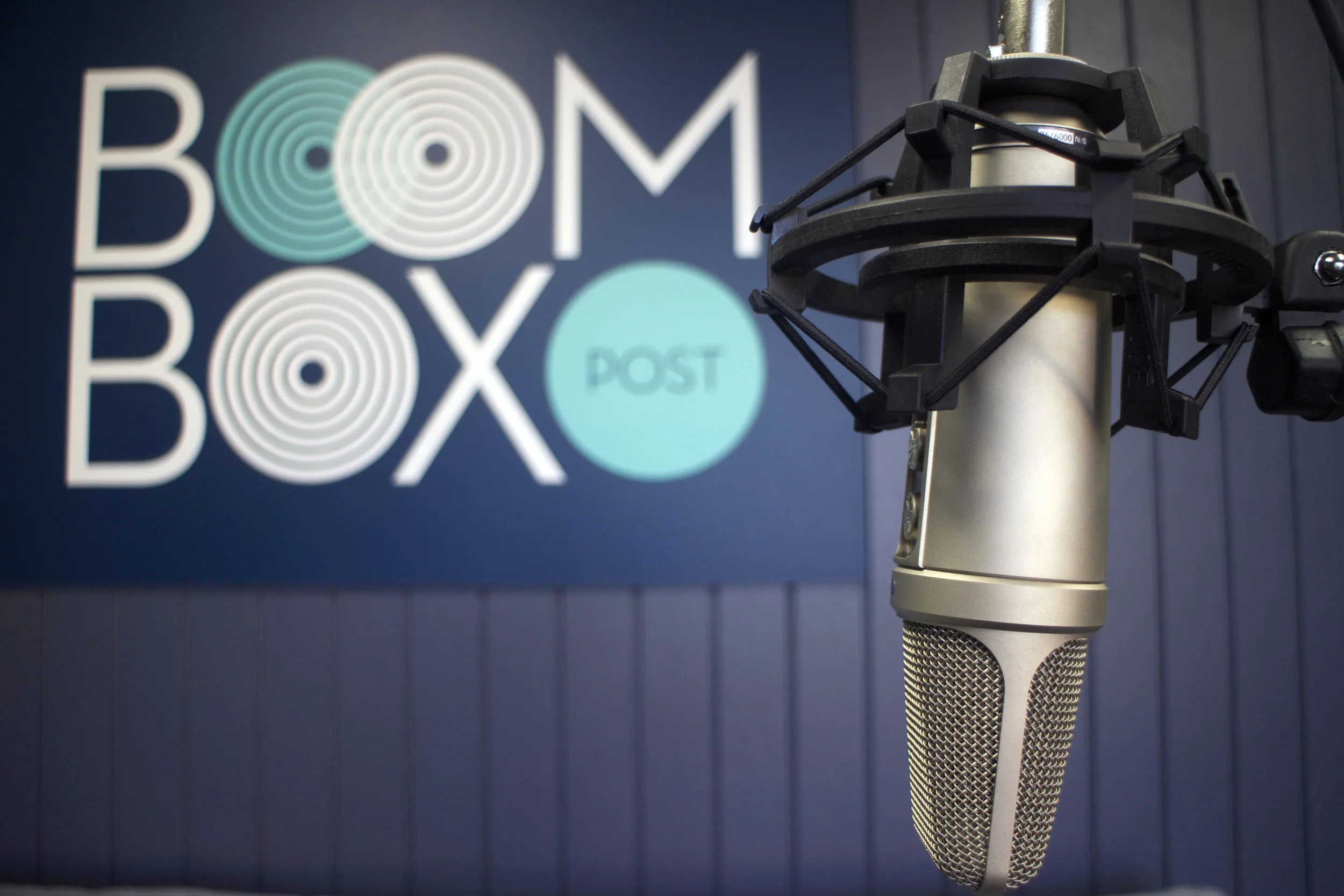As sound editors and designers, it’s always fun to talk about the techniques and tools we use to create out-of-this-world effects. At Boom Box, we’re often teaching each other new plug-ins to broaden our “sonic toolbox” and take our work to new heights. All of these tools and tricks-of-the-trade are necessary for us to do our job, but it’s important to remember that our job is that of a storyteller. Everything we create (however we choose to create it) must support, and perhaps elevate the storyline. In my personal experience, I have found that the quality of my work shines when I allow the story to guide my decisions specifically when editing “toony” effects, backgrounds, and design.
Viewing entries in
Editor Post
Elastic audio. The myth, the hidden tool and treasure.
To help with our continually growing and evolving business, we have had the pleasure of bringing on a new team member: Assistant Editor & Office Manager, Jacob Cook. Jacob's smiling face will now be the first thing that you see when you enter our doors, and we are exciting to add someone with such joyful enthusiasm for sound to our crew.
As a recent graduate of Cal Poly Pomona's Bachelor of Arts in Music with an emphasis in music industry studies, he comes to us with a great base knowledge of recording techniques and a true passion for post-production sound. He shares this passion on a bi-weekly basis through his own personal sound blog, which you can follow here.
This past weekend I traveled to a fascinating location I’d been reading about for several months, the Salton Sea, CA. The area is ripe with images of urban decay, isolation and surprisingly, tranquility. My goal was to capture some of these characteristics with sound.
As you might have read in our previous blog post How Do Ears Work?, our brains use our ears to derive sounds from detected frequencies. These frequencies are natural occurring vibrations that enter our ears where they are then processed into what we perceive as sounds. But what exactly are these frequencies? And how do they work?
A few weeks ago, we wrote a blog post about how the human ear works, and that inspired me to dive deeper into the section about the brain; specifically, psychoacoustics. The study of psychoacoustics, as defined by Merriam-Webster, is “a branch of science dealing with the perception of sound, and the sensations produced by sounds.” Essentially, psychoacoustics is how your brain perceives sound, and if used correctly, it can be an incredibly powerful tool in a sound designer’s arsenal.
Traditionally, Foley--or footsteps, cloth movements, and the handling of small props--is performed and recorded live to picture and later cleaned and edited to be sent to the mix. In recent years, with the development of new technologies, Digital Foley is now available as an alternative to traditional Foley, and it is how the Boom Box Post team covers the footsteps for many of our current projects.
Dialogue is king. To perfectly record dialogue, especially for film, has been the common goal amongst dialogue recordists and recording engineers since the birth of audio recording in the early 1900s. In working as a dialogue editor, it is a constant journey to adapt to the ever-changing market of audio recording gear. When considering building your own voice-over chain, there are many available options. Here, I’ve narrowed it down to just a few.
Without question, location recording is the most difficult part of the process of making sound effects. Selecting the right location is just as important as what you will record there. Environments shape your sound. Be sure to select a location with your ears and not with your eyes.
Here are a few things to consider when planning your next field recording:
With the recently released Star Wars: The Force Awakens trailer smashing existing viewing records, and crashing sites like Fandango due to a rush for pre-sale tickets, it is no secret that the hype is strong with this one. On December 18th of this year, hoards of people will be heading to the theaters to witness the newest addition to the Star Wars universe.
Diehard fans know there is a lot to look forward to, but there is a new addition to the Star Wars universe that is easily overlooked: Dolby Atmos. Most theaters still show films in 5.1, but with Atmos becoming increasingly popular as part of a premium film experience, it is worth noting how far technology has come since the first Star Wars film in 1977. Therefore, I would like to focus this week’s blog post on the evolution of mixing formats and how they impact the audience experience.
A while back, I was asked to “stretch my creativity” a bit and record some original sounds for a new series here at Boom Box Post. My objective: create a fresh take on the classic “rubber stretch.” We wanted something new and different that still inspired the same feelings of tension and impending release that the classic balloon rubbing/cable twisting has. I ended up working with a recording of my finger running along the sticky side of a strip of packing tape.
Backgrounds. Ambiences, the rarely heard but most definitely felt, unsung heroes of the post-production sound world. Without ambiences, scenes and designs feel empty. I could have went with a discussion about the design of some next level insectoid-servo-monster-hybrid-machine, but I feel like in order to get to that level of creativity you need a solid foundation. Not only in your skills as a sound editor or designer but in the overall build of your production. And that foundation, my sound design brethren, are backgrounds or BGs for short.













